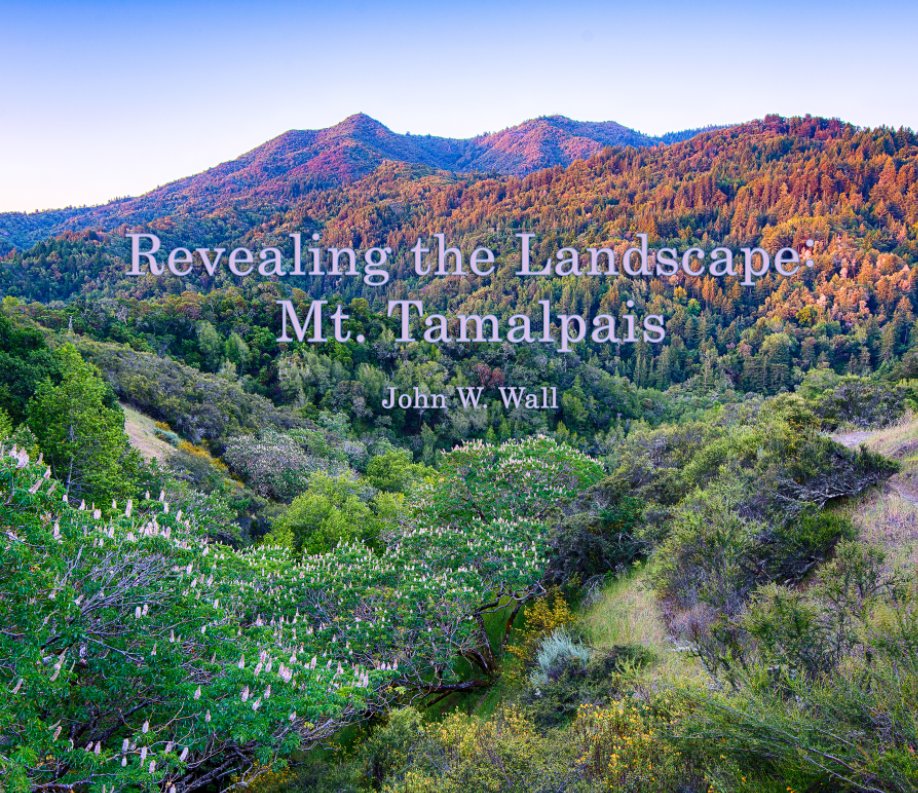* * *
I’ve recently been reading some of the work of Ken Wilber
and Stan Grof. For a long-time fan of Carl Jung and Joseph Campbell, it’s been
interesting to find these guys—both still alive—who carry the torch in a world
that has become darkly materialistic and where rationalism appears to be going off
the rails. I became familiar with the work of Grof and Wilber a long time ago
and kind of forgot about them during the last 20 or so years, but I recently
rekindled my interest in connecting with their decidedly non-materialistic
approaches to the ways we perceive the world. In 1967, working with Abraham
Maslow and others to create a fuller picture of what it means to be human, Grof
coined the term
transpersonal
psychology.
The need for a new kind of psychology grew in part from
Grof’s work with patients under the therapeutic influence of psychedelics such
as LSD. When the government outlawed the use of these substances, even by
doctors, Grof found another way for patients to access the transpersonal realms
for healing. He named this other way,
Holotropic
Breathwork. With its capital letters and legal trademark, the name kind of
rubbed me the wrong way. It seemed a little pretentious and just another of the
countless avenues of spiritual entrepreneurialism we see today. Not that there’s
anything wrong with protecting your ideas—I’m all for copyright protections—but
I did have to overcome an ingrained skepticism to learn more about it.
In trying to find out more about this weirdly named thing I found
a local guy on Grof’s Holotropic Breathwork Community named
Jimmy
Eyerman. Looking into it a bit more, I found a
podcast
interview where Dr. Eyerman discusses the HB process. Although I’d read Grof’s
definition of “holotropic” and had a basic understanding of the word, its
meaning really sank in when I heard Dr. Eyerman talk about it. Simply put, the
word means “movement toward wholeness.”
I think it sank in because I finally related the word
holotropic to similar words I already knew from long-ago botany classes:
phototropic (the tendency of plants to reach into the light) and geotropic (the
tendency of roots to reach into the earth).
Dr. Eyerman has led something like 11,000 people on HB
journeys, and in the podcast he talks about some of the experiences they’ve had.
Meanwhile I’ve been reading Grof’s Psychology
of the Future and getting more insight into the HB experience. As I learned
more about HB, something kind of stuck in my craw—it’s temporariness. It seems
that an HB experience is similar to a psychedelic experience in the sense that
it can often be just that, a wild experience, a visit to a place you come back
from and more or less forget about. Not that there’s anything wrong with that,
but it seems like a half-step, like doing something inspiring on the weekend,
only to feel stuck in drudgery the rest of the week.
That idea got me back to Wilber’s discussion in his book Integral Psychology of “states” versus
“structures.” If I read him right, Wilber held that a goal of psychological
evolution is to integrate the “states” into “structures.” Experiencing a state
would be like realizing, briefly, that you had two arms. The next time you
might realize you have two legs—and hopefully you didn’t forget about your arms
during the interim. Eventually you realize you have a whole body, and if you
play your cards right, that realization sticks, and now you have a fully
realized structure to get around in.
The structure isn’t static like a building because time
isn’t static. A structure in time is a process, and adjustments can be made to
the structure to improve the process. Now the leap: What if holotropism, the
tendency of one’s structure to reach toward wholeness, is as fundamental a process
to humans as phototropism and geotropism are to plants? Why fight it?
This idea got me to thinking about the little bit of
shamanic journeying I did back in the ‘90s with guys like Michael Harner. In
shamanism, your drum is the horse you ride into the shamanic journey. I think writing
and photography can be shaman’s drums as well, leading one into new ways of
seeing the world. I see photography as being more primal than writing since images
are its language, but I think rational writing can complement the primal art of
seeing—and one of these days I hope to figure out how to do that.
* * *
























